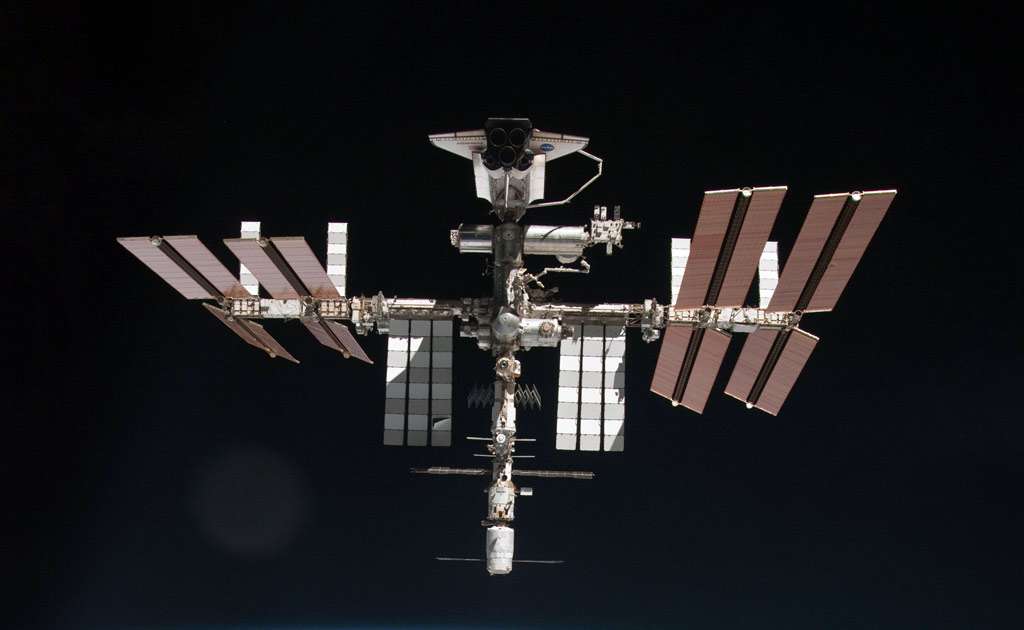Anyone else notice the APU vents on either side of the tail fin venting hydrazine (so I've been informed!).
Can be seen in one of Simulatorman's infrared pics.
You couldn't help but notice it as Endeavour stood on the runwasy. The noise and flame, just like a dragon breathing flames.

For those who missed the mission, make a cuppa and watch this:






